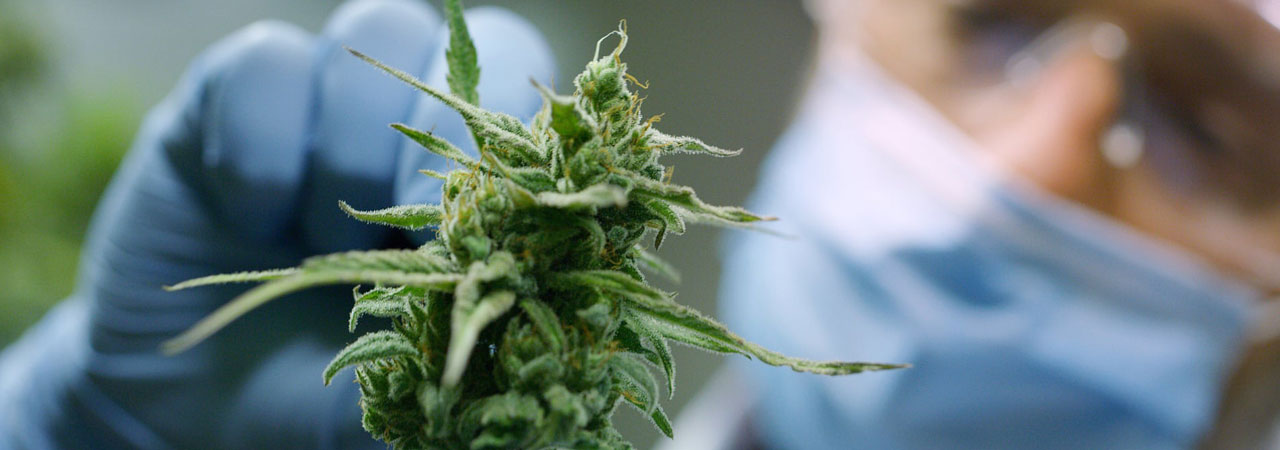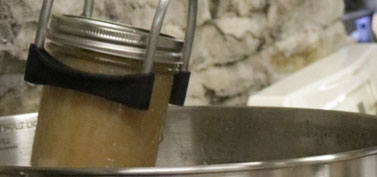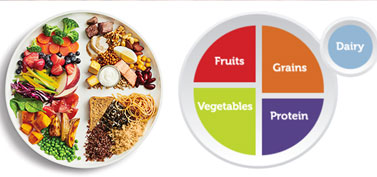Hope Restored Canada (HRC) is a non-profit charitable organization based out of Saskatoon. The vision took flight in 2017 after two years of research prior to launching and incorporating the charity.
HRC believes that all humanity is nherently valued and worthy of respect and dignity. We honor the journey towards restorative justice, which accepts that the holistic well-being of all people is nurtured through reciprocal, relational interconnectedness. Our vision is to create a world where humanity is renewed and restored in healthy relationships. We believe this is possible by eradicating sexual exploitation through the H.O.P.E. model: Holistic Restoration, Outreach, Partnerships, and Education.
DID YOU KNOW?
• The average age of recruitment into the sex trade is at 13-14 years old.
• 63% of trafficked victims are between 15 and 24 years of age.
• Victims are forced to earn on average $280,000 per year for their trafficker.
• Out of 100 women in prostitution in Canada, 76 have been raped and 91 physically assaulted while in the industry.
• Trafficked women and girls are often forced to perform sex acts 365 days per year and are required to hand over all or most of the money to their traffickers. RCMP Investigations have revealed a victim can make up to $2,000 in one day. Women and girls from Indigenous communities, migrants, at-risk youth, runaway youth, and girls in the child welfare system are especially vulnerable.
*(Stats taken from a variety of sources including the Joy Smith Foundation, Canadian Women’s Foundation (2013, 2016-2017 Tip Report), SHIP Need and Demand study for HRC, (2016), National Task Force Report Report of the National Taskforce on Sex Trafficking of Women and Girls in Canada.)
WE HAVE A SOLUTION: H.O.P.E.
Together we can change the ending for those impacted by the devastating crime of sex trafficking through:
• HOLISTIC RESTORATION through recovery tools, support groups, mentorship, access to transitional housing and case planning.
• OUTREACH programs including a 24/7 support hotline, outreach workers, and referrals or access to individualized social supports and exit strategies.
• PARTNERSHIPS with affiliate organizations, service providers, investors and members.
• EDUCATION programming including public awareness, educational sessions, and training for service providers on sexual exploitation and trafficking.
Partner with Hope Restored Canada
The need is great! Saskatchewan has
identified many gaps in supports for those who have experienced sex trafficking/exploitation. To create sustainable solutions, please consider supporting our life-changing programs in Saskatchewan. As we envision a community where peoples’ lives are being renewed and restored in healthy relationships, we have hope that together we can change the ending for those impacted by the devastating crime of sex trafficking. Help us make a home! Hope Restored Canada is ready to move into a house! We need your help to fully stock our house with new or gently used items that will turn our house into a home. More information is available online with ways to Act Now and be apart of the solution for those affected by sexual exploitation and trafficking in our community.
Simply visit us at www.hoperestoredcanada.org and click "Act Now".
If you have questions about how to donate, ways to volunteer or how to set up donation drop off time for household items, contact 306-371-4673 (HOPE) or info@hoperestoredcanada.org
For Victims of Sexual Exploitation and Human Trafficking
We have a list of resources on our website including definitions of degradation, sexual exploitation and human trafficking www.hoperestoredcanada.org/what-is-human-trafficking If you have been exploited sexually or are at risk of being sexually trafficked (or know of someone who is and would like to assist them) HRC has an outreach arm called Lilies of Liberty, offering caring and supportive friendships in the sex industry.
Lilies of Liberty
1-833-283-SAFE (7233)
www.liliesofliberty.org
plus the Canadian Center to End Human Trafficking has a national hotline where response advocates will connect callers to support and services
and will also take tips, answer questions and forward information, when appropriate, to law enforcement.
www.canadiancentretoendhumantrafficking.ca/nationalhotline/
THE FIGHT AGAINST SEXUAL EXPLOITATION REQUIRES US TO MOVE...
...to not remain naive or unaffected, but to become passionately committed to pursuing positive change for all. Of course, we can't do this alone. We need others in the arena, fighting the same fight and sweating for the same cause. As we partner together, as individuals and organizations, we work to form a united movement. A united body, for the purpose of eradicating sexual exploitation.
Offering a way out, a place where hope lives, a refuge to allow women to dream again. You can play a part in her dream being realized!









